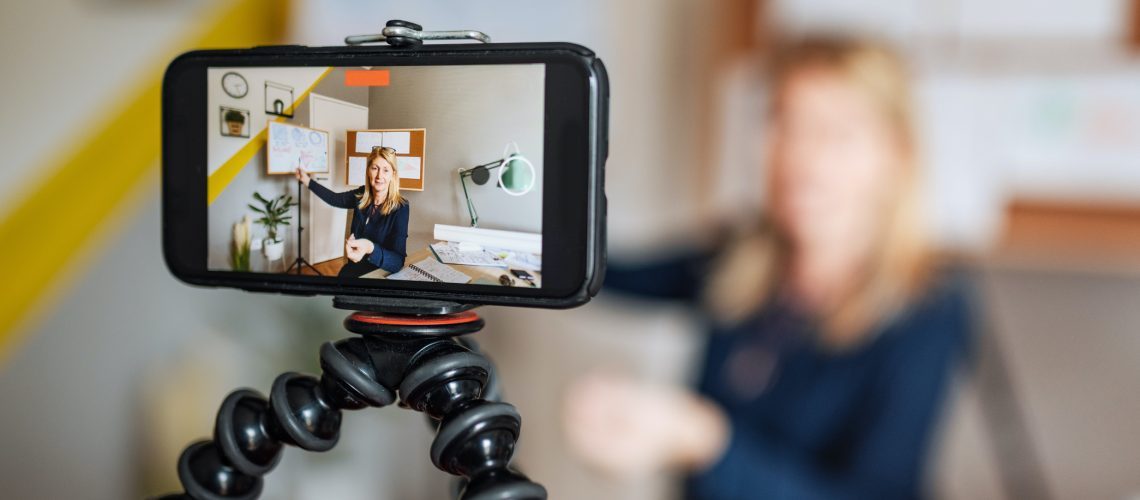I’ve been helping organizations move to cloud-based ways of working for more than a decade. It’s always made sense to me and seemed a better way to communicate and collaborate. The one thing that was an issue for me was the thought of providing massive, often US-based, tech companies with my data and information about my online activity always sat uneasily with me. Now, the move away from these large consumer platforms and towards private cloud solutions, in which we get the functionality we’re used to and need but with the extra privacy that comes from controlling our own cloud servers, seems a very welcome step in the right direction. I fully expect the sector to grow strongly as more people reach the same conclusion.
One thing that has become apparent to me over the last three months is that there’s a subtle shift in the way people are thinking about work in this post-pandemic world. Actually, the term ‘post-pandemic’ is itself a problem, because in reality the world is moving beyond thinking about life after COVID and is instead preparing for life with COVID since it looks like it may be a long, long time until we see the back of the virus if indeed we ever do.
What this has meant in my own working life is a significant shift in the way I design the meetings and presentations which make up a large part of my interaction with customers and colleagues. I cannot simply assume that video calls will replace face-to-face meetings. Instead, I’m having to consider that I may have a hybrid audience, with some people physically in the same place and others joining from wherever they happen to be. I also need to cater for the fact that not everybody may be able to join at the same time, and so making allowances for people to catch up asynchronously also needs to be a part of my preparation.
Years of delivering sessions in different locations have taught me that the more a presentation depends on technology to work, the more it is likely to mess up. If it can, it will. Internet or WiFi connectivity can disappear. People may be using devices they share with other family members or colleagues and be logged in on the wrong account. Firewalls and filtering policies may unexpectedly prevent even the most innocuous of content from getting through. For this and many other reasons, my experience leads me to make it as simple as possible.
Even though you think you’ve done that, people can still surprise you with new ways of getting confused. They might not be comfortable with multiple tabs in a browser or be able to find their way from the video window back to a shared document. We all started somewhere, so try not to be too hard on them! The key for me is to build a single central resource – a website or presentation, for example, which contains step-by-step instructions, together with navigational support in the form of hyperlinks or QR codes, which will help them find where they need to be. All they have to do is find their way to that central map and the session can carry on. If the session includes video breakout rooms, drop in the links to those so that people can always find out where they should be. After the event, replace the links with the recorded sessions so that people can catch up.
We’re all learning a lot about what works and what doesn’t in this new workplace. New tools and platforms will emerge. As I mentioned earlier, I suspect that private cloud solutions may be the way many of us choose to enjoy these new possibilities. Whichever tools you decide to use, you’ll have to deal with a more complex set of interactions, in different media and with different design considerations, but the good news is that it’s absolutely possible, and even quite good fun, to design these, asking yourself how you can make it a slick and seamless experience for everybody involved, wherever they are and whatever their level of technical confidence.
Mark Allen, BondiPlatform adviser


